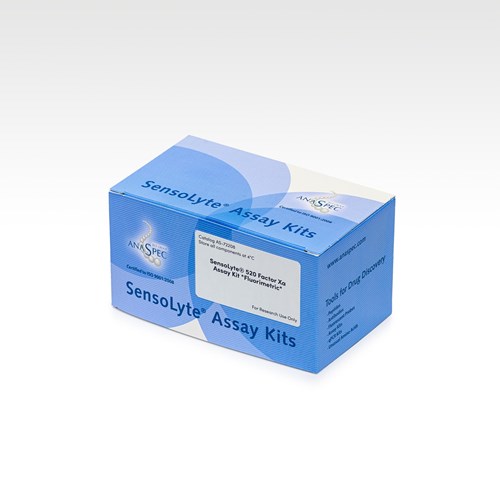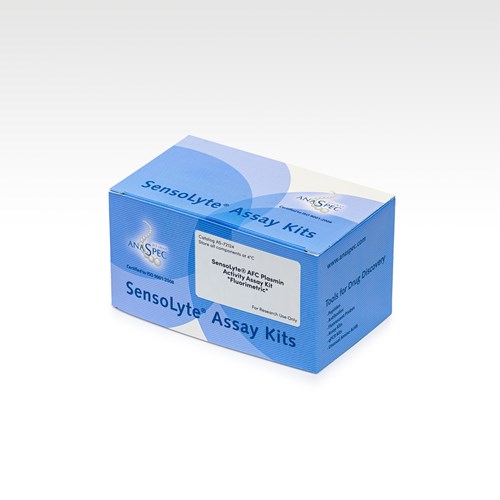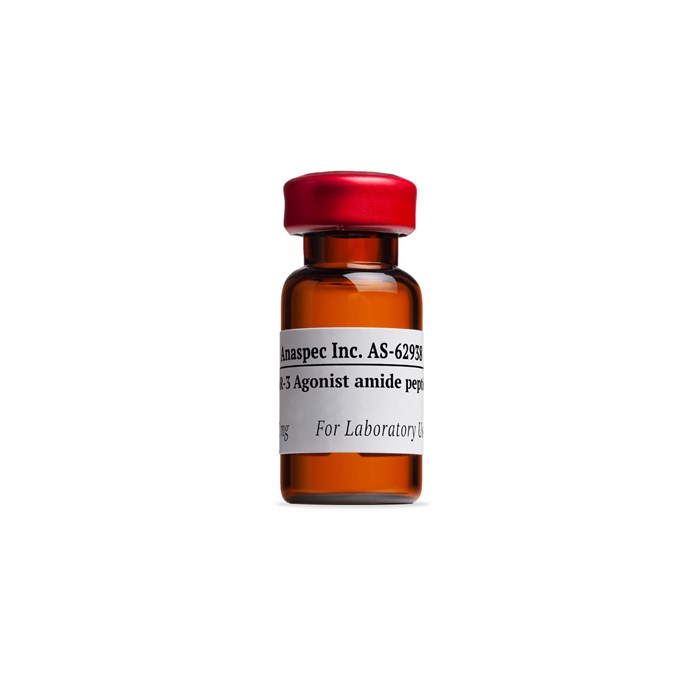We use cookies to offer you the best experience on our site. You can find out more about the cookies we use or disable them in the Cookie settings
Protease-Activated Receptor-3, PAR-3 Agonist, amide - 1 mg
- Cat.Number : AS-62938
- Manufacturer Ref. :
-
Availability :
In stock
PAR-3 is a high-affinity thrombin receptor. PAR-3 mRNA is expressed in the cutaneous mast cells of humans. Protease-Activated Receptors (PARs) have been studied for their roles in itch and their itch-associated response through histamine-dependent/independent pathways have been reported. PAR-3 has been shown not to induce itching alone but possibly in conjunction with PAR-4. Co-expression of PAR-3 and PAR-4 enhances thrombin action suggesting that PAR-3 alone does not mediate transmembrane signaling but instead functions as a cofactor to activate PAR-4.
Specifications
| Chemistry | |
| Sequence one letter code |
|
|---|---|
| Sequence three letter code |
|
| CAS registry number |
|
| Molecular Formula |
|
| Molecular Mass/ Weight |
|
| Modification | |
| Conjugation |
|
| Quantity & Purity | |
| Purity |
|
| Storage & stability | |
| Form |
|
| Activity | |
| Biomarker Target | |
| Research Area | |
| Sub-category Research Area | |
| Usage |
|
| Source | |
| Source / Species |
|
| Codes | |
| Code Nacres |
|
You may also be interested in the following product(s)


SensoLyte® 520 Thrombin Activity Assay Kit Fluorimetric - 1 kit

SensoLyte® AFC Plasmin Activity Assay Kit Fluorimetric - 1 kit
Citations
Protease activated receptor-1, but not -2, -3 and -4, is the player in the pathogenesis of atrial fibrosis; The experiment by neonatal rat atrial fibroblasts.
Int J Cardiol Heart Vessel. . 2013 Nov 13 ; 2 21 | DOI : 10.1016/j.ijchv.2013.11.005
- I. Keiichi
- et al
Chronic exposure to fibrin and fibrinogen differentially regulates intracellular Ca2+ in human pulmonary arterial smooth muscle and endothelial cells.
Am J Physiol Lung Cell Mol Physiol. . 2009 Apr 10 ; 296(6) L979 | DOI : 10.1152/ajplung.90412.2008
- AL. Firth
- et al
Thrombin- and Factor Xa–induced DNA synthesis is mediated by transactivation of fibroblast growth factor receptor-1 in human vascular smooth muscle cells.
Circ. Res . 2003 Dec 11 ; 94(3) 340 | DOI : 10.1161/01.RES.0000111805.09592.D8
- BH. Rauch
- et al
